What are trimming and profilingrouter cutters? |
||||
 |
||||
 |
Trimming and profiling router cutters are essentially straight cutters with a guide pin or bearing fitted. |
|||
 |
They are commonly used to perform two functions:
1. Trim the top layer of material (often veneer or laminate) flush with the edge of a base material. |
|||
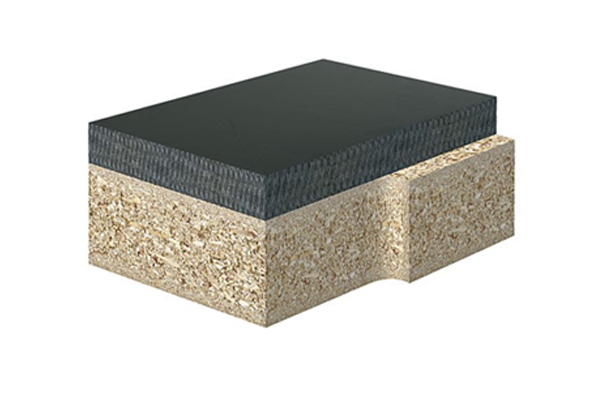 |
2. Trim a workpiece flush with the edge of a top layer (usually a pre-cut template) |
|||
Design |
||||
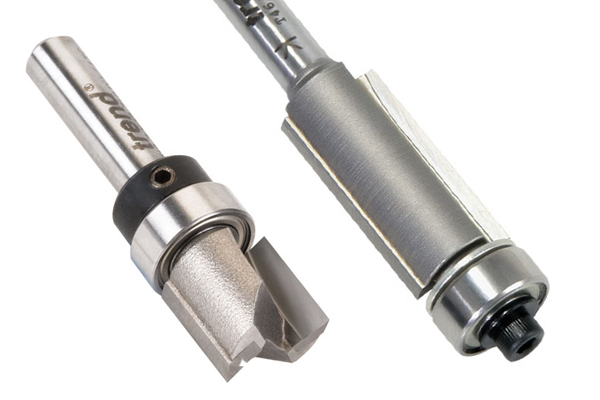 |
FlutesTrimming and profiling cutters can have one, two or three flutes. The more flutes a cutter has, the cleaner the cut will be, but the slower it will cut and remove material.
For more information, see: |
|||
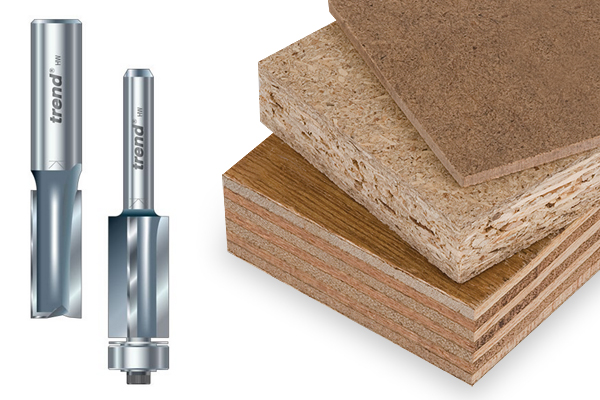 |
Please note: due to the abrasive nature of the materials trimming and profiling cutters are commonly used on, it's common for two of these cutters to be used during a single project: a single or two flute cutter to remove the bulk of the material and then a three-flute cutter to finish up, providing an extremely neat edge. |
|||
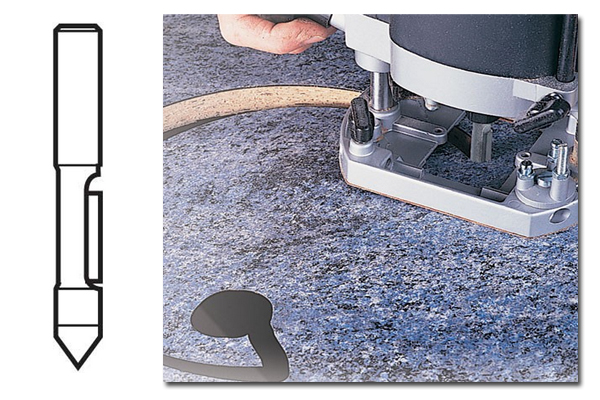 |
Bottom cutSome trimming and profiling cutters such as pierce and trim or combination cutters, have an additional cutting edge located across their bottom, which allows them to plunge into the surface of materials from above. Cutters with guides mounted at the bottom can not plunge cut. |
|||
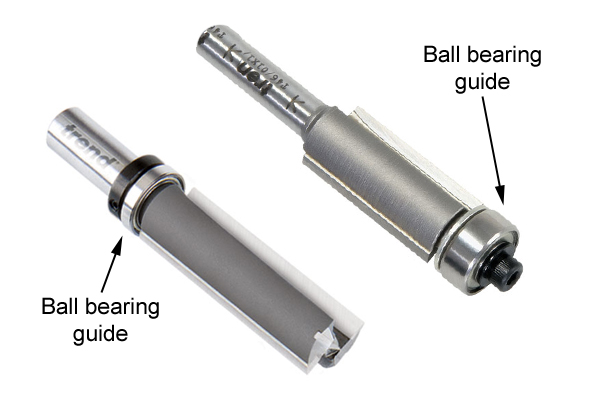 |
GuidesMost trimming and profiling cutters come with a pin or ball bearing guide, which may be fitted to the cutter shank above the cutting edges, or on a spigot machined on the end of the cutter.
Some trimming cutters have two guides, but the majority of them just have one. |
|||
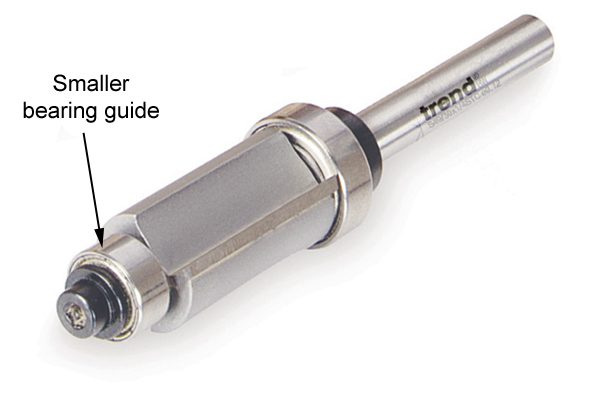 |
For most applications, the guide bearing you use will be almost exactly the same width as the cutter; however, much larger or smaller bearings can be fitted to alter the cutting depth. |
|||
Applications
|
||||
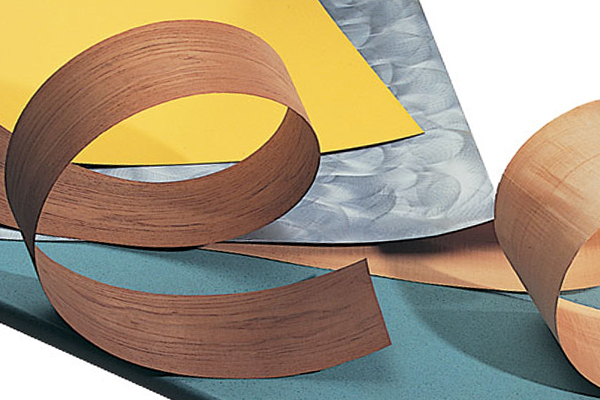 |
Trimming face sheet materialsMost of the furniture that we come into contact with today, in the home or at work, is made of faced sheet materials - that is, a veneer or facing of real wood, plastic, metal foil, or resin-impregnated paper glued to a base or core of something like MDF, plywood, chipboard, or other stable material. |
|||
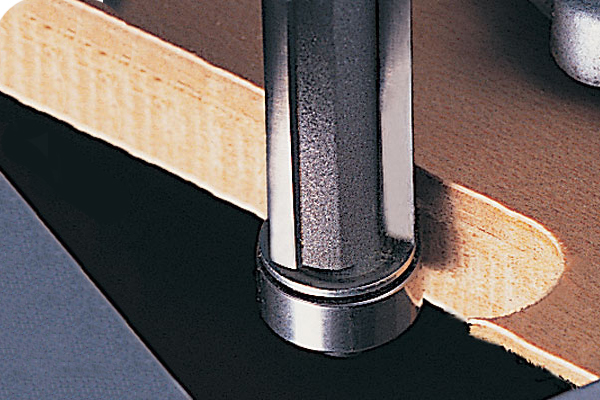 |
Whichever facing or laminate is used, it will usually need to be trimmed flush with the edges of the base material.
Trimming and profiling cutters are ideal for this purpose and are commonly used to trim this top layer flush with the base. |
|||
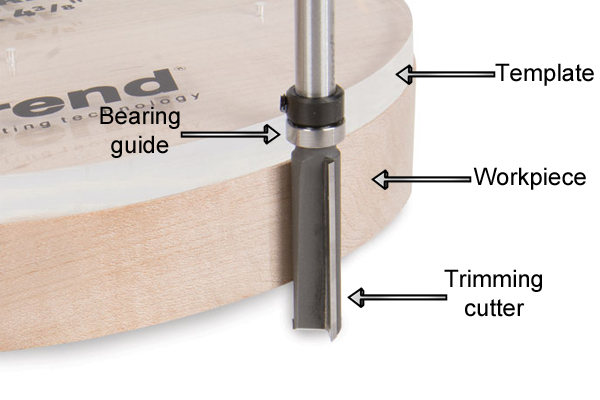 |
Pattern workJust as trimming and profiling cutters can be used to trim the top layer of materials, they can also be used to trim the base material so that it's flush with the top.
The most common example of this is where a pre-cut pattern is temporarily fixed to the material, then a trimming cutter is used to cut away the material underneath in order to replicate the pattern. |
|||
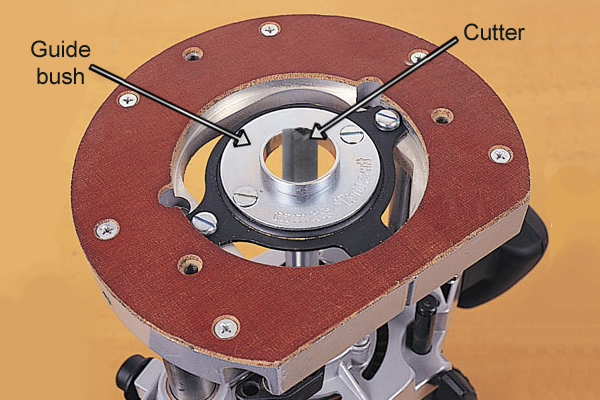 |
In place of guide bushesTrimming and profiling cutters are also more beneficial than guide bushes when it comes to making and using templates. A guide bush and straight cutter will always cut a piece of material larger or smaller than the template. This often requires you to work out the offset in order to make the original template the correct size. |
|||
 |
A profiling cutter can cut a workpiece to the exact size of a template, without the need for additional calculations. This is usually easier for beginners to work with. |
|||
Which trimming and profiling router cutter should you choose? |
||||
Using a hand-held router |
||||
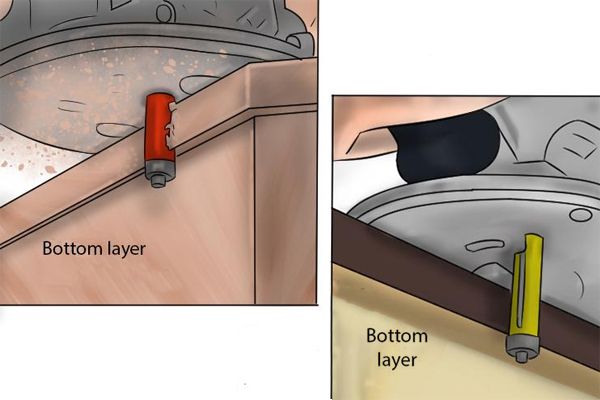 |
Cutting the top layerUsing a hand-held router to trim the top layer should be done using a trimming cutter with a bottom-mounted guide. The non-cutting guide rides along the bottom layer while the cutting edges trim any material from the top layer, which protrudes past it. This is commonly done when trimming back the top layer of a laminated surface. |
|||
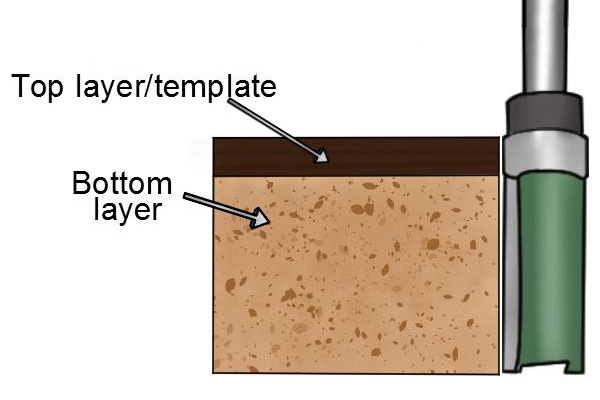 |
Cutting the bottom layerUsing a hand-held router to trim the bottom layer requires a trimming cutter with a shank-mounted guide. The non-cutting guide rides along the top layer, while the cutting edges trim any material from the bottom layer, which protrudes past it. This is commonly done when trimming material to match a template. |
|||
Using a router table |
||||
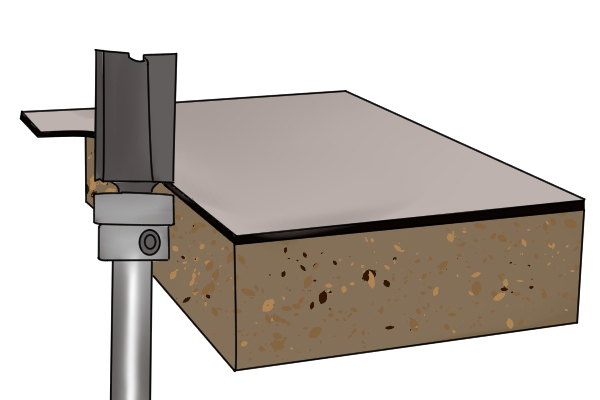 |
Cutting the top layerUsing a router in a router table, such as a table or bench top router, to trim the top layer should be done using a trimming cutter with a shank-mounted guide. The non-cutting guide rides along the bottom layer while the cutting edges trim any material from the top layer, which protrudes past it. |
|||
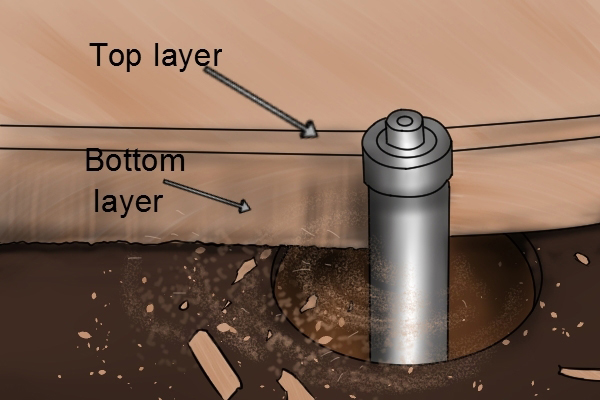 |
Cutting the bottom layerUsing a router in a router table to trim the bottom layer requires a trimming bit with a bottom-mounted guide. The non-cutting guide rides along the top layer, while the cutting edges trim any material from the bottom layer, which protrudes past it. In a stationary router, a trimming bit with a shank-mounted guide can also be used like a regular straight bit, to cut grooves and rebates in materials. A straight bit with a bottom-mounted guide would not be able to do this, as the guide is non-cutting and, in this position, would prevent the bit from entering the material. |
|||
Ranges |
||||
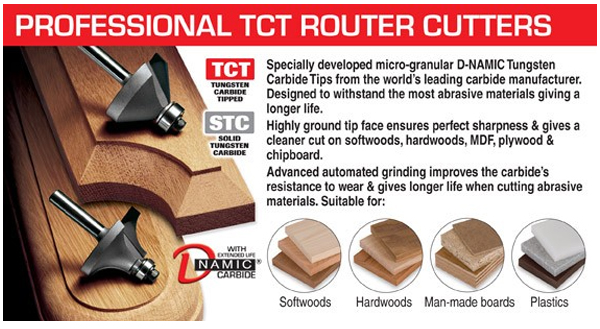 |
||||
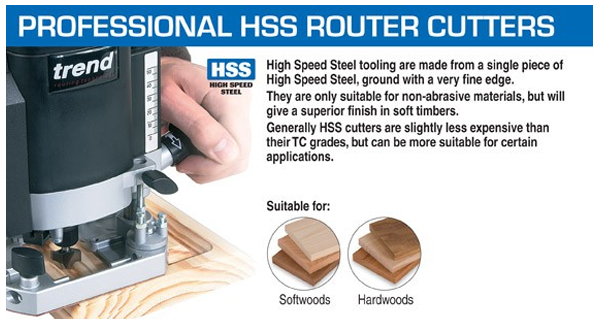 |
||||
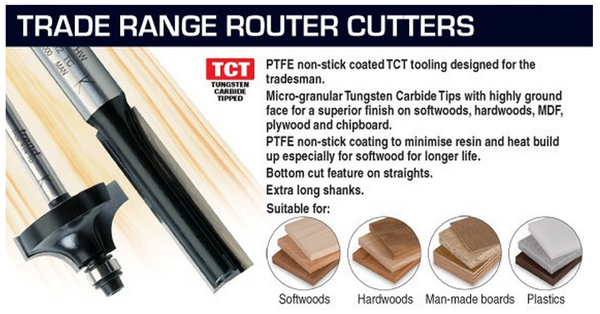 |
||||
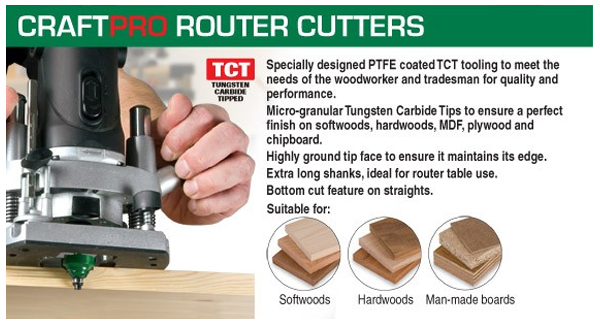 |
||||
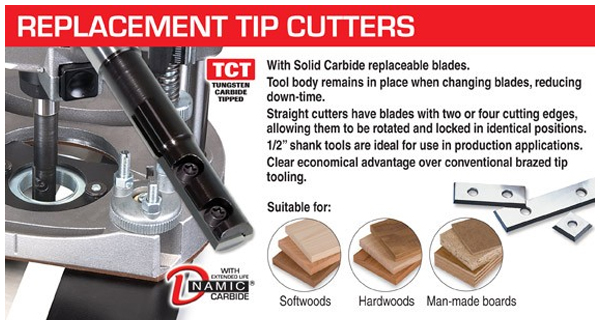 |
||||









